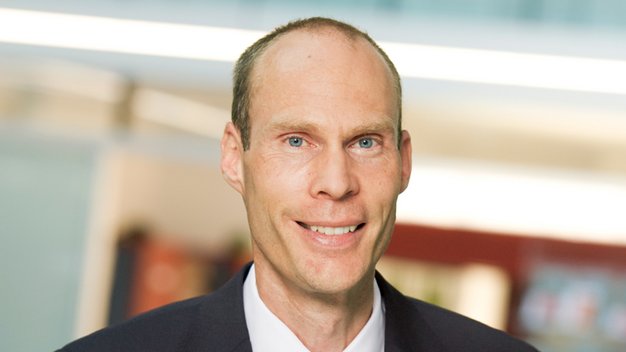Which is most important at Novartis, management or science?
Our business is all about the science. The core of Novartis is research and development, which is why we look for the best scientists around the world, no matter where they are and where they want to live. We go to them, rather than having them come to us, so we have R&D sites in Europe, the USA and Asia. The organising principle at Novartis is to find the best scientists, then let them discover and work their magic. What I want out of our scientists is brilliant science – I care less about their management skills. Still, I expect them to be proficient at managing programmes, people and resources. As for our business people, I expect them to be world-class managers and proficient at science. So on both sides, science and management, we want a combination of brilliance and proficiency.
How do you attract and retain the best people?
We’re in an industry where people come to work because they want to help others. So we’ve engaged our associates by showing them examples of how we accomplish our mission, which is to preserve and to extend life. Three years ago, when we began to go through a major patent expiration, I started a programme called “Long Live Life”, in which we asked our associates to share personal stories of family, friends and colleagues who had been struck by disease and helped by Novartis. The stories that rolled in were moving – they really helped the associates to see our company’s purpose at an emotional level. This increases their motivation and engagement, especially when the company is going through a difficult time.
“The way to create value in this industry is to discover it yourself.”
Who are your top competitors for talent, and how do you compete with them?
Our talent competition is not against other “big pharma” companies, but against biotechnology companies. Some scientists believe they can have a bigger, faster impact at these small start-ups, because there they believe they can have more freedom. So, we are careful to give scientists the freedom to discover. I believe they have as much freedom here as at a biotech. They are free, because we are not too prescriptive in research – in fact, we keep the marketers away from the researchers. The former shouldn’t discourage the latter with false negatives. We keep our scientists free to discover, because that’s where new opportunities come up.





